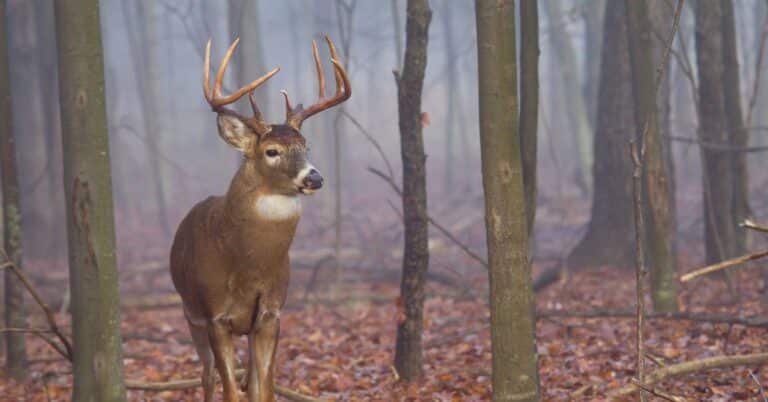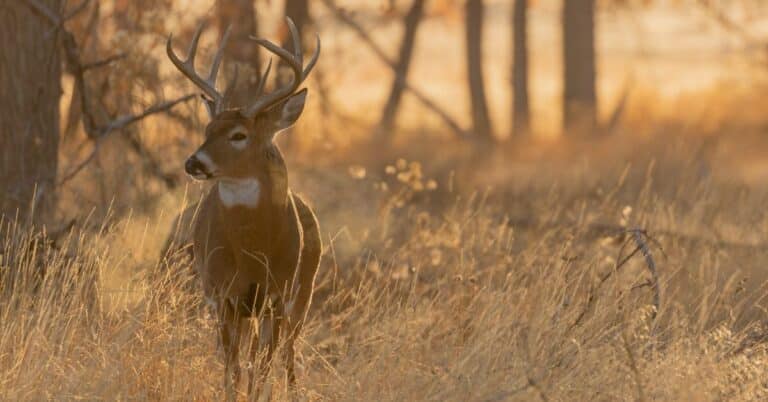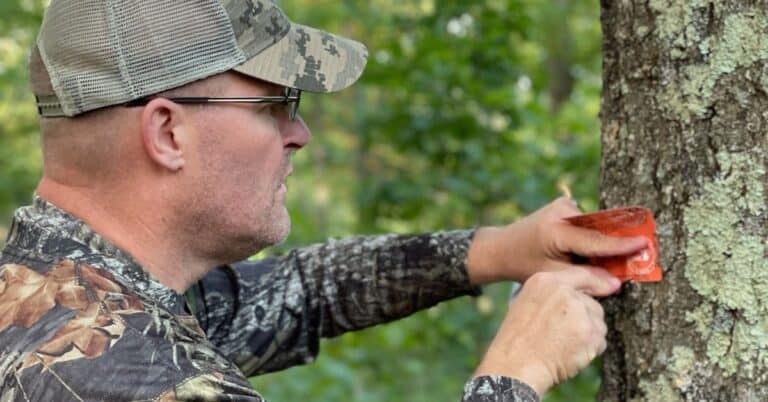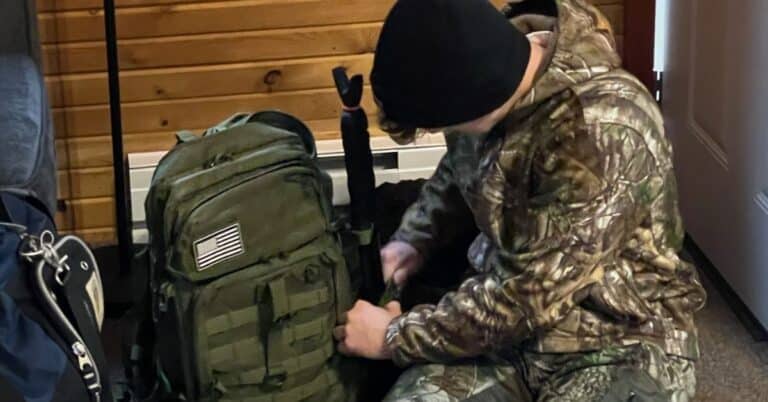Gutting a Deer with Young Hunters
A How-To Guide to Field Dressing for Beginners.
Beyond bullets and bows, there’s a moment every hunter faces – gutting a deer. It’s messy, it’s raw, and it’s the unspoken chapter of the hunt. Hunters typically field dress a deer by removing its internal organs, reducing weight for easier transportation and preserving the meat.
For new or beginner hunters like you, understanding the intricacies of this process is essential. Sometimes it can be intimidating or frustrating to get started. But with the right knowledge about how to use a gutting knife and the importance of immediate gutting, you can have a successful deer gutting experience. Ever wondered what goes into gutting a deer after that thrilling hunt? Let me guide you through some essential knowledge.
The Importance of Immediate Gutting:
Gutting a deer right after a successful hunt is a crucial step for various reasons. The location of the shot significantly influences how messy the process may be. A shot in the lungs and heart area tends to be cleaner and more straightforward, while a shot further back, hitting the stomach, can result in a messier situation inside the deer. This emphasizes the importance of immediate gutting to preserve the quality of the meat.
Deer Anatomy and Field Dressing:
When gutting a deer, understanding key anatomy such as the location of organs and the pelvic structure is crucial for success. Focus on the abdominal area. Locate the stomach, intestines, and other organs, being cautious not to puncture them.
To find the stomach when gutting a deer, look in the abdominal cavity, recognizing it as a large organ with contents. Hunters typically remove the stomach, intestines, liver, kidneys, and other internal organs to field dress it properly. Removing these organs during gutting is crucial to preserve the meat and prevent spoilage, ensuring the quality of the venison. A processor typically uses the meat from the deer, including the muscle tissue, for various cuts like steaks, roasts, and ground venison.
Gutting Knife: My Trusted Companion:
When it comes to gutting a deer, having the right tools is crucial. Enter the gutting knife – a specialized blade designed for precision and ease in field dressing. The gut hook on these knives is particularly handy for making clean and efficient cuts without puncturing the internal organs, ensuring the quality of the meat.
To Glove or Not to Glove:
A common question among new hunters is whether to wear gloves during the gutting process. Personally, I’ve found that some experienced hunters prefer the dexterity of bare hands, while others opt for gloves to maintain hygiene and reduce the mess. The choice ultimately depends on personal preference, but it’s crucial to prioritize safety and cleanliness.
Gutting Deer With My Sons:
I have had a variety of experiences with my three sons – Max, Ethan, and Lincoln. While Max has recently hunted with his grandpa, gaining valuable guidance, Ethan and Lincoln have displayed varying degrees of hands-on experience. Lincoln, for instance, has been semi-hands-on, showcasing a curiosity to understand the internal workings of the deer he has shot.
Ethan, despite occasionally battling queasiness and dry heaves, consistently participates in the gutting process. As their experienced mentor, I continually stress the importance of repetition and understanding the anatomy of field dressing a deer. Over time, the process becomes more manageable and even intriguing.
Key Takeaways for Aspiring Hunters:
Gutting a deer is more than a skill; it’s a rite of passage in the hunter’s handbook. As you embark on your hunting journey, mastering the art of gutting a deer is a critical skill. My sons’ experiences highlight the learning curve involved in this process. Whether you’re intrigued by the anatomy of field dressing or curious about the efficiency of a gutting knife, there’s always more to explore. Stay tuned for future blog posts where I’ll delve deeper into the world of hunting, offering valuable insights and tips.







